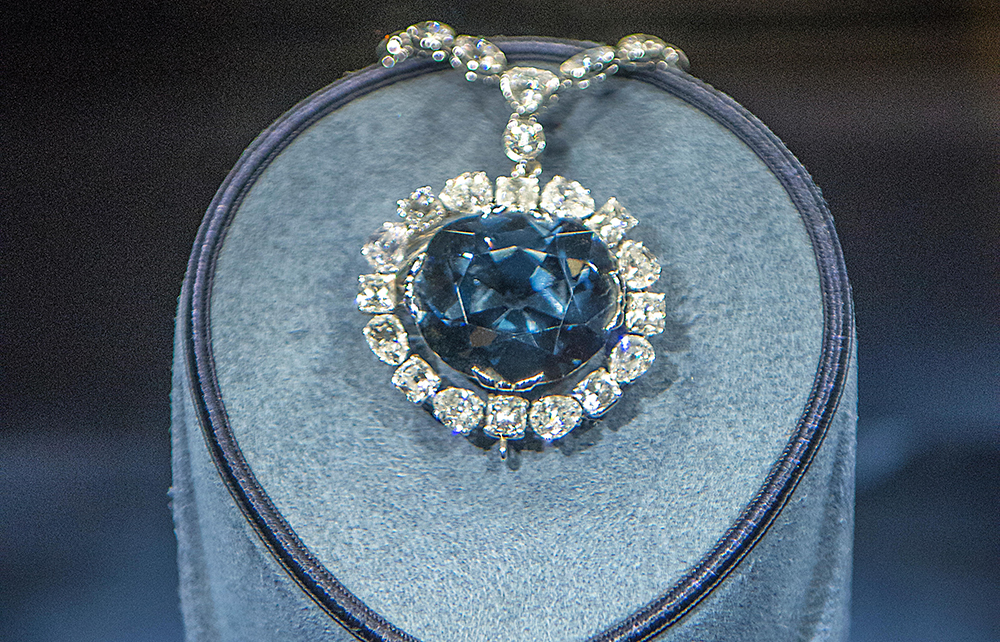Nothing is less animate than a stone. There is little of significance in the random compounds that make up the Earth’s surface. They are useful, yes – for building, for metals and chemical yields – but they’re just stones. Yet throughout human history, the pebbles at our feet have exerted a fascination that goes far beyond the utilitarian. In Lapidarium, Hettie Judah delivers 60 far-reaching essays that explore the bizarre and revealing relationship between people and rocks.
It begins with ochre, a ferrous pigment derived from clay and used in the earliest known example of expressive painting – a few lines on the wall of Blombos cave in South Africa, made 70,000 years ago. Ground into a paste, red ochre continued to be the chosen medium for decorating caves such as Lascaux and Altamira and is still used in various shades by painters today. More spectacular rocks such as malachite, with its psychedelic green swirls, have been deployed in extravagant lapidary art and architecture.

Get Britain's best politics newsletters
Register to get The Spectator's insight and opinion straight to your inbox. You can then read two free articles each week.
Already a subscriber? Log in






Comments
Join the debate for just $5 for 3 months
Be part of the conversation with other Spectator readers by getting your first three months for $5.
UNLOCK ACCESS Just $5 for 3 monthsAlready a subscriber? Log in